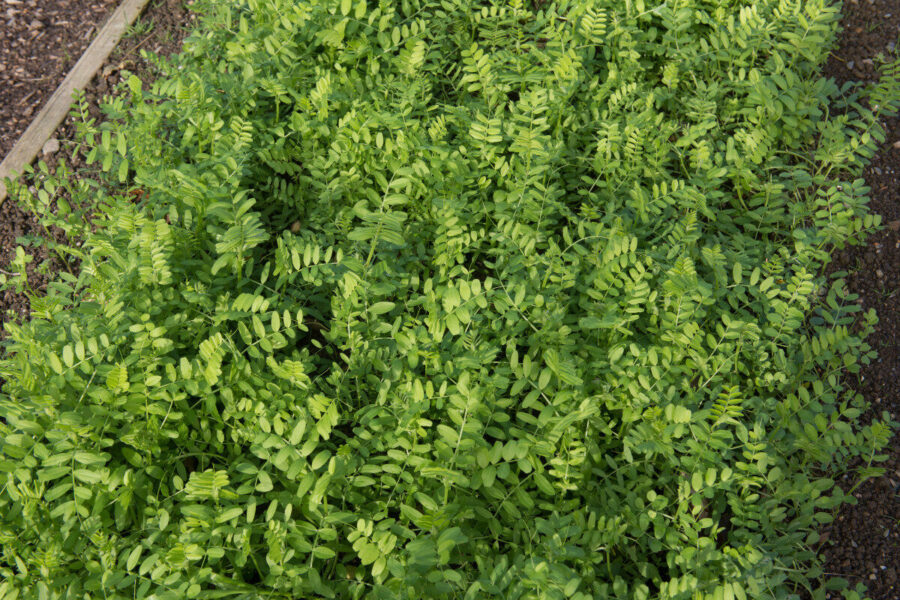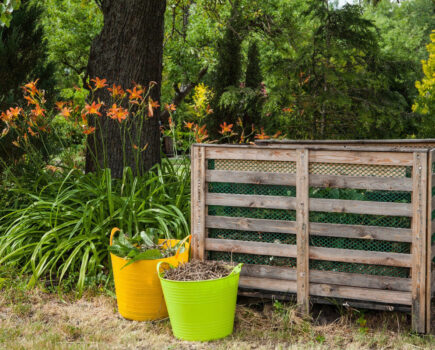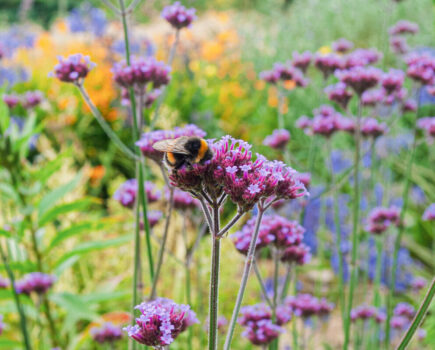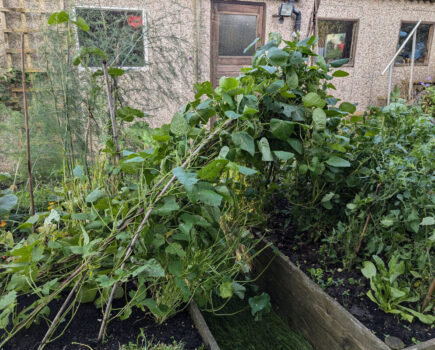Chris Collins from Garden Organic explains why this plant is a bee magnet and brilliant green manure
If you’ve ever seen a densely planted bed of lavender-blue phacelia, you’ll know this plant is an insect magnet. The bell-shaped flowers, with their whiskery stamens, will literally be buzzing with bees, hoverflies and butterflies trying to get at the nectar.
But it’s not just bees that benefit from this plant. Phacelia – also known as purple tansy, fiddleneck or scorpion weed – is a fantastic all-rounder. It’s easy to grow: simply sow seeds 10cm (4in) apart between April and September and thin to 30cm (12in) as the plants grow.
It also tolerates poor soil and can be grown in containers or raised beds, though it can reach more than 1m (3.5ft) high, so give it plenty of room.
If you have a small veg patch, the plant is also a useful cover crop or ‘green manure’. It will establish quickly, and its large ferny leaves are great at suppressing weeds. This is useful for stopping nutrients leaching from soil between harvests in warmer months.
Phacelia as a green manure

If using as a green manure, scatter 1g of seed per 1m/sq (3.5ft/sq) on the surface of your soil then rake and tamp down. You can also sow phacelia in rows 15cm (6in) apart. Cut down, mow or dig in before the plants set seed and at least four weeks before you need the soil for your next crop in spring.
Its fibrous root system, which can reach a depth of 70cm (27.5in), will help improve the structure of your soil. In the right conditions, the roots and stems will store nitrogen too, which can be dug back in to give fresh nutrients to your crops.
In six to eight weeks from sowing, your phacelia should reward you with flowers. Unless you’re digging them in or using them as cut flowers, I suggest you enjoy them in all their glory – and wait for the beneficial pollinators to fly in.
………..
Chris’s Q & A

Q. What other green manures can I grow in my small garden?
A. Wherever you have a bare patch of ground, or after you’ve lifted crops such as potatoes, you can sow a green manure. Mustard is quick to germinate, grazing rye or winter vetch can be sown in the autumn and will keep the soil covered over winter, and low-growing trefoil will keep the ground protected between rows of tall crops.
Q. When should I dig in cover crops like phacelia?
A. You need to dig in green manures three to four weeks before you want to use the ground again, or when the plants are approaching maturity. You don’t want them to get too woody, and you don’t want them to set seed.
Q. How do I dig in phacelia?
A. Simply turn the plants back into the soil, using a sharp spade. Some can even be hoed off. Chop up tough clumps as you go. Aim to bury the plants no more than 15cm (6in) deep on heavy soils, 18cm (7in) on light ground.
…………………….
For more organic gardening advice head to www.gardenorganic.org.uk, where you can also find out how to become a member and support the charity.
Find more tips, advice and articles like this at the Amateur Gardening website. Subscribe to Amateur Gardening magazine now





